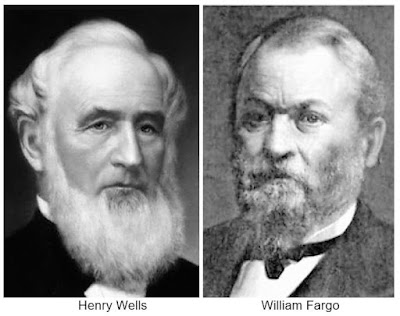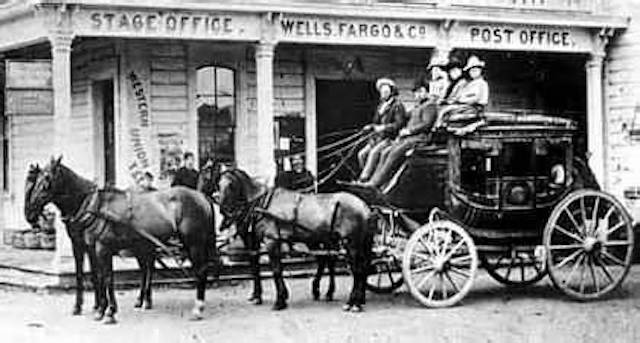On This Date In History
On March 18, 1766, after four months of widespread protest in America, the British Parliament repeals the Stamp Act, a taxation measure enacted to raise revenues for a standing British army in America.
The Stamp Act was passed on March 22, 1765, leading to an uproar in the colonies over an issue that was to be a major cause of the Revolution: taxation without representation. Enacted in November 1765, the controversial act forced colonists to buy a British stamp for every official document they obtained. The stamp itself displayed an image of a Tudor rose framed by the word “America” and the French phrase, Honi soit qui mal y pense, “Shame to him who thinks evil of it.”
The colonists, who had convened the Stamp Act Congress in October 1765 to vocalize their opposition to the impending enactment, greeted the arrival of the stamps with outrage and violence. Most Americans called for a boycott of British goods, and some organized attacks on the customhouses and homes of tax collectors. After months of protest, and an appeal by Benjamin Franklin before the British House of Commons, Parliament voted to repeal the Stamp Act in March 1766. However, the same day, Parliament passed the Declaratory Acts, asserting that the British government had free and total legislative power over the colonies.
On March 18, 1852, in New York City, Henry Wells and William G. Fargo join with several other investors to launch their namesake business, today one of the world's largest banks.
The discovery of gold in California in 1849 prompted a huge spike in the demand for cross-country shipping. Wells and Fargo decided to take advantage of these great opportunities. In July 1852, their company shipped its first loads of freight from the East Coast to mining camps scattered around northern California. The company contracted with independent stagecoach companies to provide the fastest possible transportation and delivery of gold dust, important documents and other valuable freight. It also served as a bank, buying gold dust, selling paper bank drafts and providing loans to help fuel California’s growing economy.
In 1857, Wells, Fargo and Co. formed the Overland Mail Company, known as the “Butterfield Line,” which provided regular mail and passenger service along an ever-growing number of routes. In the boom-and-bust economy of the 1850s, the company earned a reputation as a trustworthy and reliable business, and its logo, the classic stagecoach, became famous. For a premium price, Wells, Fargo and Co. would send an employee on horseback to deliver or pick up a message or package.
Wells, Fargo and Co. merged with several other “Pony Express” and stagecoach lines in 1866 to become the unrivaled leader in transportation in the West. When the transcontinental railroad was completed three years later, the company began using railroad to transport its freight. By 1910, its shipping network connected 6,000 locations, from the urban centers of the East and the farming towns of the Midwest to the ranching and mining centers of Texas and California and the lumber mills of the Pacific Northwest.
After splitting from the freight business in 1905, the banking branch of the company merged with the Nevada National Bank and established new headquarters in San Francisco. During World War I, the U.S. government nationalized the company’s shipping routes and combined them with the railroads into the American Railway Express, effectively putting an end to Wells, Fargo and Co. as a transportation and delivery business. The following April, the banking headquarters was destroyed in a major earthquake, but the vaults remained intact and the bank’s business continued to grow. After two later mergers, the Wells Fargo Bank American Trust Company, shortened to the Wells Fargo Bank in 1962, became, and has remained, one of the biggest banking institutions in the United States.

Wells Fargo & Co. Express building circa 1860, Stockton, California.











No comments:
Post a Comment